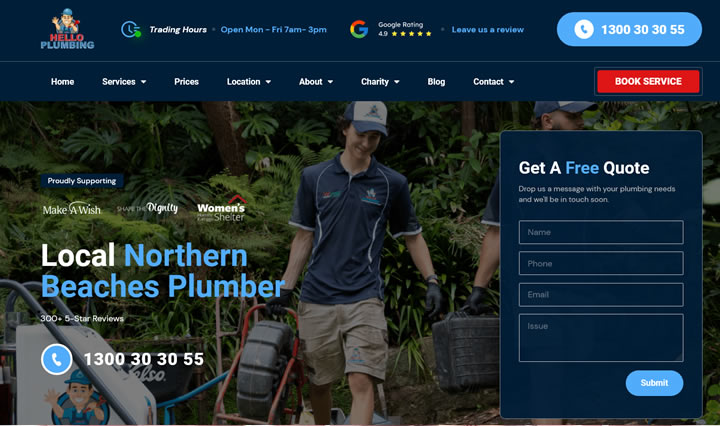Pipe relining is a technique used to repair damaged or deteriorating pipes without the need for traditional excavation methods. It involves creating a new pipe inside the damaged pipe, effectively creating a “pipe within a pipe.”
The process of pipe relining is gaining popularity in the plumbing industry due to its many benefits, including cost-effectiveness, minimal disruption, and durability. This article will discuss the importance of pipe relining and how it works.
How Pipe Relining Works
The process of pipe relining involves several steps:
- Inspection: A licensed plumber will use a camera to inspect the damaged pipe and determine the extent of the damage.
- Cleaning: The damaged pipe is cleaned and cleared of debris or obstructions.
- Preparation: A liner is prepared and coated with a resin or epoxy material.
- Installation: The liner is inserted into the damaged pipe and positioned using air pressure or other techniques.
- Curing: The resin or epoxy material is cured, creating a new pipe within the existing pipe.
- Final Inspection: A final inspection ensures the new pipe is in good condition and functioning properly.
Importance of Pipe Relining

There are many benefits of pipe relining Nothern Beaches compared to traditional excavation techniques.
Let’s look at them below:
Cost-effectiveness
Traditional pipe repair methods often require excavation, which can be time-consuming, labor-intensive, and expensive.
Pipe relining, conversely, is a cost-effective solution that eliminates the need for excavation. Since no digging is required, the costs associated with site preparation and restoration are eliminated, resulting in significant cost savings.
Minimal disruption
Pipe relining is a minimally invasive method of repairing damaged pipes. It does not require excavation, meaning disruption to your property is minimal. This is particularly important for commercial properties, where disruptions can result in lost revenue and productivity.
Pipe relining can be completed quickly and efficiently, meaning your property can return to regular operation in a shorter period.
Durability
Pipe relining creates a new pipe inside the existing damaged pipe, which means the repaired pipe is stronger and more durable than the original pipe. The new pipe is made of high-quality materials, such as epoxy resin or fiberglass, which resist corrosion, cracking, and leaks.
This means that you can enjoy a longer-lasting, more reliable plumbing system.
Versatility
Pipe relining can be used to repair various pipes, including sewer lines, stormwater drains, and water pipes. It can be used to repair pipes of different materials, including clay, cast iron, PVC, and concrete.
This means that pipe relining is a versatile solution that can be used in many situations.
Final thoughts
Pipe relining is an important plumbing technique that offers many benefits, including cost-effectiveness, minimal disruption, durability, and versatility. By avoiding the need for excavation and creating a new pipe inside the existing damaged pipe, pipe relining provides a reliable and long-lasting solution to plumbing problems.
If you have damaged pipes in your home or commercial property, it is important to consult with a licensed plumber to determine whether pipe relining is the right solution for your needs.

